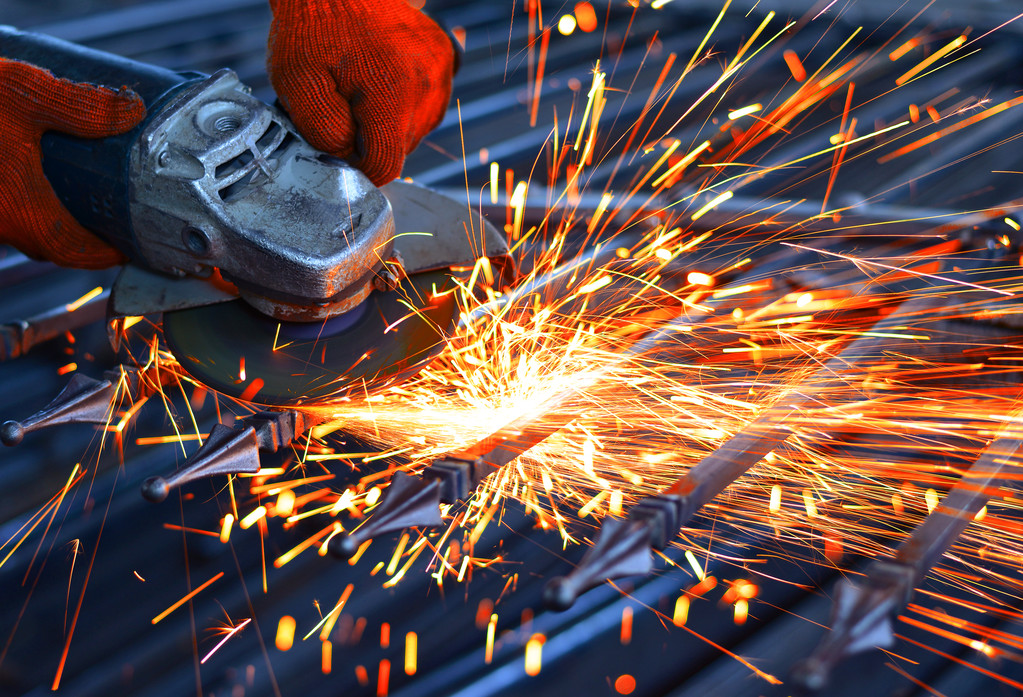Abrasive classification
1. Bonded abrasive tools: tools with a certain shape and a certain grinding ability made of abrasives (grinding materials) and binders. The grinding wheel is a porous body made by adding a binder to the abrasive, compacting, drying and calcining. Due to the different abrasives, binders and manufacturing processes, the characteristics of grinding wheels vary greatly, so they have an important impact on the processing quality, productivity and economy of grinding. The characteristics of the grinding wheel are mainly determined by factors such as abrasive, particle size, binder, hardness, structure, shape and size.
By shape:
1) Grinding wheel: flat grinding wheel, bevel grinding wheel, cylindrical grinding wheel, cup grinding wheel, dish grinding wheel
2) Sand tiles (sand bricks)
3) Whetstone (honing stick): a bar-shaped abrasive tool with a certain cross-sectional shape.
There are also other hundred-page discs, Chiba grinding wheels, grinding discs, cutting discs, and diamond saw blades.
According to the bonding agent: ceramic grinding wheel, resin grinding wheel, rubber grinding wheel, metal grinding wheel, etc. According to the abrasive: (corundum and silicon carbide, etc.) grinding wheel, natural abrasive super-hard abrasive grinding wheel, (diamond and cubic boron nitride, etc.) grinding wheel;
2. Coated abrasives: Coated abrasives refer to abrasives that adhere the abrasive to the flexible substrate with a binder, also known as flexible abrasives.
By shape:
1) Sandpaper (gauze)
2) Abrasive belt
3) Sand disc
According to usage:
1. Sponge sandpaper: suitable for sanding smooth parts, all kinds of materials can be used.
2. Dry sandpaper: suitable for rough machining or sanding some rough things, such as iron pipes and metals.
3. Water scrub paper: the texture is relatively fine, water scrub paper is suitable for polishing some things with finer texture, and suitable for post-processing; water scrub paper has a small gap between the sand grains, and the grinding powder is also small, and it is used together with water The powder will flow out with the water, so it should be used together with water. If the water sandpaper is used for dry grinding, the powder will remain in the gap between the sand grains, making the surface of the sandpaper brighter and thus unable to achieve its original effect. Dry sandpaper is not so troublesome, the gap between the sand grains is large, and the grinding powder is also large. During the grinding process, the powder will fall off due to the large gap, so it does not need to be used with water. .
By product name:
1. Wooden sandpaper, that is, dry sandpaper;
2. Water sandpaper, that is, water-resistant sandpaper;
3. Iron abrasive cloth is a kind of dry abrasive paper, which is thicker and can polish the metal surface as soon as possible.
4. Metallographic sandpaper
According to abrasive:
1. Brown corundum sandpaper;
2. White corundum sandpaper;
3. Silicon carbide sandpaper;
4. Zirconium corundum sandpaper, etc.
According to the binder:
1. Ordinary binder sandpaper;
2. Resin binder sandpaper.



